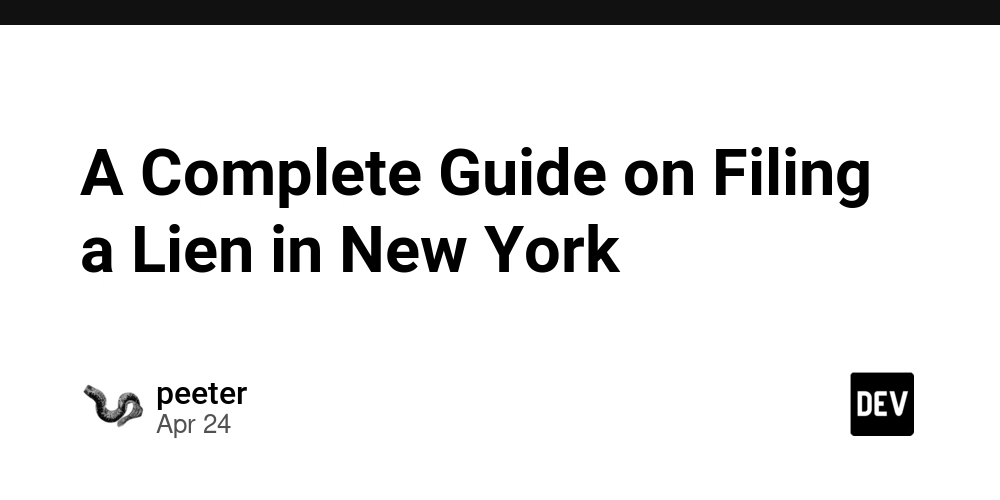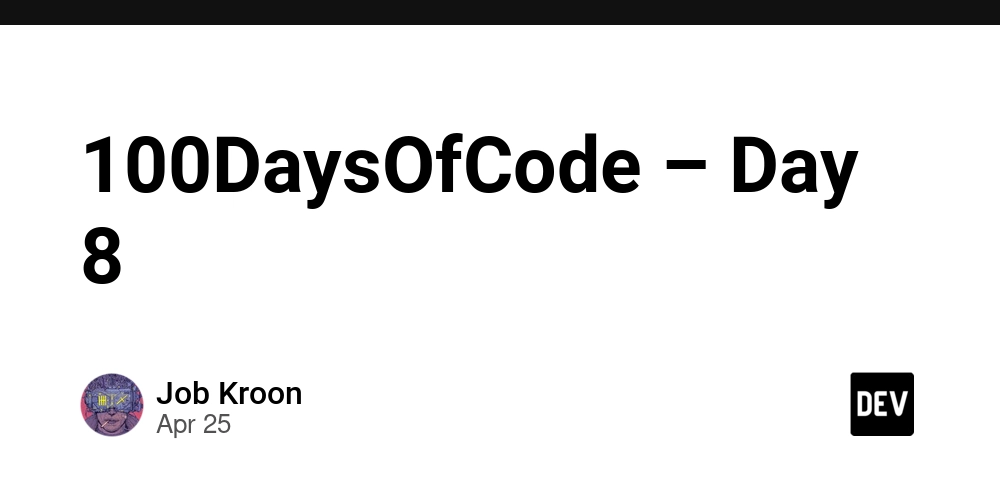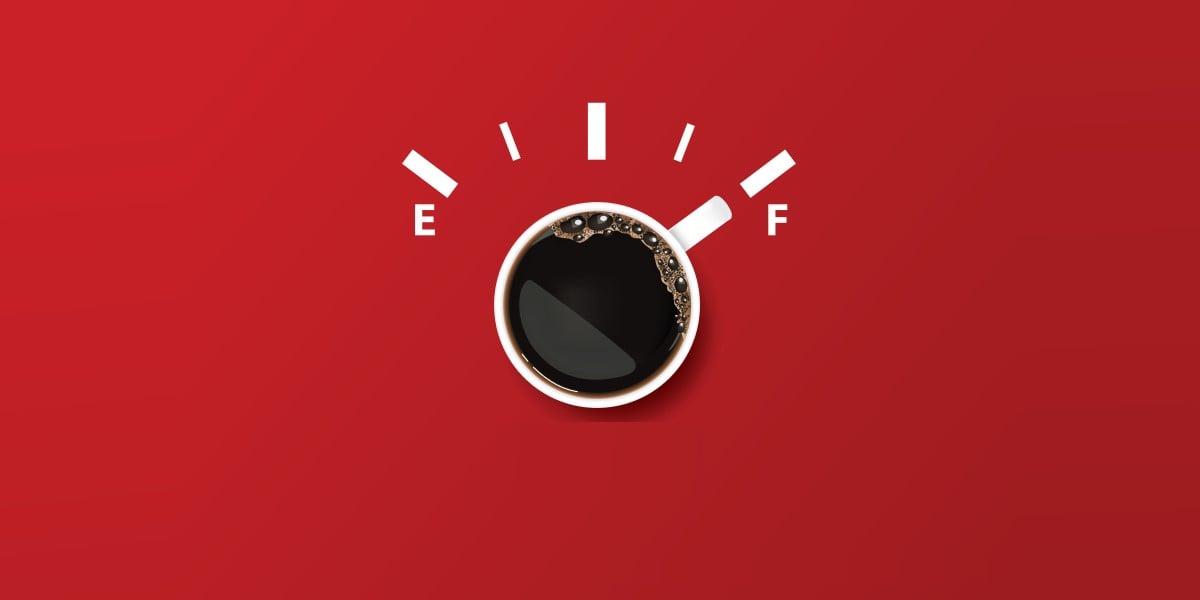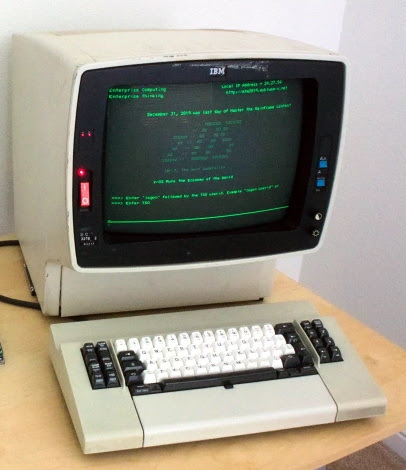A Complete Guide on Filing a Lien in New York
In the construction and real estate industries, unpaid dues are unfortunately common. Contractors, subcontractors, suppliers, and even property owners may find themselves in a situation where services or materials have been provided, but payment hasn’t followed. To protect your financial interests, one legal tool often used is a lien. Understanding how to file a lien in NY correctly is critical. If done incorrectly or outside the legal deadlines, your lien may be deemed invalid, making it impossible to enforce your claim. What Is a Lien? A lien is a legal claim or hold on a piece of property as security for a debt owed. In construction, a mechanic’s lien allows those who have worked on or supplied materials for a property improvement project to secure payment. This prevents a property owner from selling or refinancing the property without addressing the unpaid obligations. Liens can be filed by: • General contractors • Subcontractors • Suppliers • Architects and engineers • Laborers The goal is to create legal pressure on the property owner or general contractor to resolve payment disputes. Why File a Lien? Filing a lien serves several purposes: • Secures Payment: It creates a legal obligation tied to the property itself, making it harder for the debtor to avoid paying. • Prevents Property Sale Without Resolution: A lien can complicate property sales or refinancing, giving you leverage to negotiate payment. • Encourages Settlement: The pressure of a lien often leads to quicker settlements without going to court. However, it's essential to understand the legal structure of liens in New York before proceeding. Who Can File a Lien in NY? According to New York law, the following parties may file a lien: • Contractors who have direct contracts with the property owner • Subcontractors working under a general contractor • Material suppliers who have delivered goods to a project site • Laborers and professionals who have contributed work or design A lien may be filed against both residential and commercial properties, though the process and timeline may differ slightly depending on the project type. When Should You File? Timing is critical when it comes to lien filings. In New York: • For private projects, the lien must be filed within 8 months of the last day labor or materials were provided. • For single-family residential dwellings, the window is 4 months. Missing these deadlines could make the lien invalid. How Long Does a Lien Last? In New York, a mechanic’s lien is valid for one year from the date of filing. If you haven't been paid within that time, you must begin legal action to enforce the lien. You can also file an extension before the one-year deadline, which grants an additional year. Only one extension is allowed without court approval. Common Mistakes to Avoid Filing a lien is a legal process. Making errors can delay your case or void the lien entirely. Here are common issues to watch for: • Incorrect Property Description: Use the legal description, not just the mailing address. • Misspelling Names: Always double-check the names of property owners and contractors. • Missing Deadlines: Know whether your work qualifies under the 4- or 8-month deadline. • Failing to Serve Properly: Serve within the allowed window and file the affidavit promptly. • Filing in the Wrong County: Always file in the county where the property is physically located. Enforcing the Lien If the lien doesn’t result in payment, you may need to file a lawsuit to enforce it. This is done through the Supreme Court in the county where the lien was filed. Legal action must begin within one year of filing the lien, or the lien will automatically expire. If the case is successful, the court may order the property to be sold to satisfy the debt. Final Thoughts Knowing how to file a lien in NY is essential for anyone working in construction, renovation, or supply services within the state. It offers a structured way to claim your rightful payment, but the process must be followed exactly as outlined by New York law. If you're unsure about any part of the process, legal guidance can help ensure compliance. Understanding how to file a lien in NY helps you stay in control when payment disputes arise; ensuring you don’t lose out after completing the hard work.

In the construction and real estate industries, unpaid dues are unfortunately common. Contractors, subcontractors, suppliers, and even property owners may find themselves in a situation where services or materials have been provided, but payment hasn’t followed. To protect your financial interests, one legal tool often used is a lien. Understanding how to file a lien in NY correctly is critical. If done incorrectly or outside the legal deadlines, your lien may be deemed invalid, making it impossible to enforce your claim.
What Is a Lien?
A lien is a legal claim or hold on a piece of property as security for a debt owed. In construction, a mechanic’s lien allows those who have worked on or supplied materials for a property improvement project to secure payment. This prevents a property owner from selling or refinancing the property without addressing the unpaid obligations.
Liens can be filed by:
• General contractors
• Subcontractors
• Suppliers
• Architects and engineers
• Laborers
The goal is to create legal pressure on the property owner or general contractor to resolve payment disputes.
Why File a Lien?
Filing a lien serves several purposes:
• Secures Payment: It creates a legal obligation tied to the property itself, making it harder for the debtor to avoid paying.
• Prevents Property Sale Without Resolution: A lien can complicate property sales or refinancing, giving you leverage to negotiate payment.
• Encourages Settlement: The pressure of a lien often leads to quicker settlements without going to court.
However, it's essential to understand the legal structure of liens in New York before proceeding.
Who Can File a Lien in NY?
According to New York law, the following parties may file a lien:
• Contractors who have direct contracts with the property owner
• Subcontractors working under a general contractor
• Material suppliers who have delivered goods to a project site
• Laborers and professionals who have contributed work or design
A lien may be filed against both residential and commercial properties, though the process and timeline may differ slightly depending on the project type.
When Should You File?
Timing is critical when it comes to lien filings. In New York:
• For private projects, the lien must be filed within 8 months of the last day labor or materials were provided.
• For single-family residential dwellings, the window is 4 months.
Missing these deadlines could make the lien invalid.
How Long Does a Lien Last?
In New York, a mechanic’s lien is valid for one year from the date of filing. If you haven't been paid within that time, you must begin legal action to enforce the lien.
You can also file an extension before the one-year deadline, which grants an additional year. Only one extension is allowed without court approval.
Common Mistakes to Avoid
Filing a lien is a legal process. Making errors can delay your case or void the lien entirely. Here are common issues to watch for:
• Incorrect Property Description: Use the legal description, not just the mailing address.
• Misspelling Names: Always double-check the names of property owners and contractors.
• Missing Deadlines: Know whether your work qualifies under the 4- or 8-month deadline.
• Failing to Serve Properly: Serve within the allowed window and file the affidavit promptly.
• Filing in the Wrong County: Always file in the county where the property is physically located.
Enforcing the Lien
If the lien doesn’t result in payment, you may need to file a lawsuit to enforce it. This is done through the Supreme Court in the county where the lien was filed.
Legal action must begin within one year of filing the lien, or the lien will automatically expire. If the case is successful, the court may order the property to be sold to satisfy the debt.
Final Thoughts
Knowing how to file a lien in NY is essential for anyone working in construction, renovation, or supply services within the state. It offers a structured way to claim your rightful payment, but the process must be followed exactly as outlined by New York law.
If you're unsure about any part of the process, legal guidance can help ensure compliance. Understanding how to file a lien in NY helps you stay in control when payment disputes arise; ensuring you don’t lose out after completing the hard work.






































































































































































![[The AI Show Episode 144]: ChatGPT’s New Memory, Shopify CEO’s Leaked “AI First” Memo, Google Cloud Next Releases, o3 and o4-mini Coming Soon & Llama 4’s Rocky Launch](https://www.marketingaiinstitute.com/hubfs/ep%20144%20cover.png)

















































































































































































































































.jpg?#)


















































































































































![Apple to Shift Robotics Unit From AI Division to Hardware Engineering [Report]](https://www.iclarified.com/images/news/97128/97128/97128-640.jpg)

![Apple Shares New Ad for iPhone 16: 'Trust Issues' [Video]](https://www.iclarified.com/images/news/97125/97125/97125-640.jpg)



































































































































